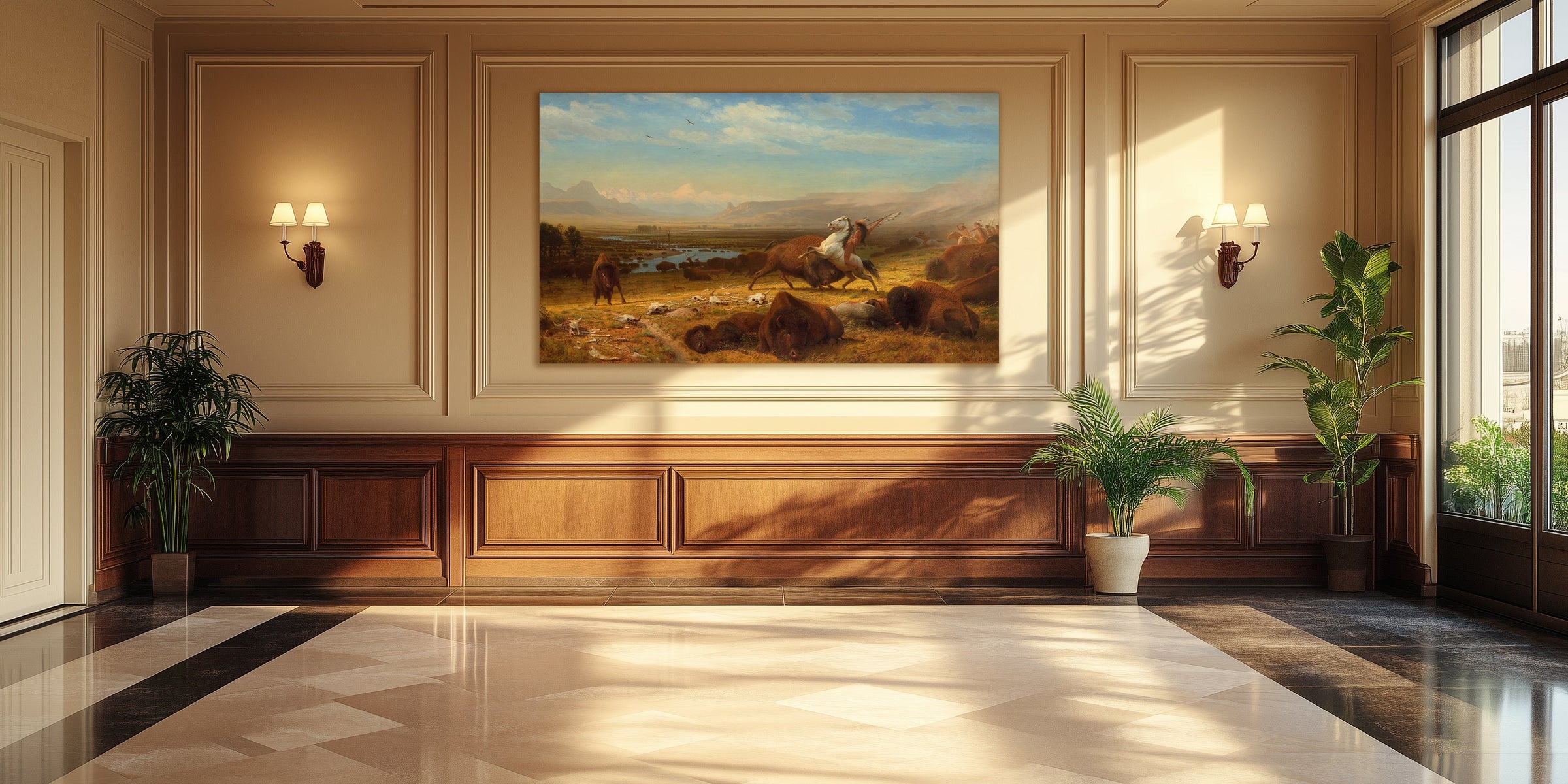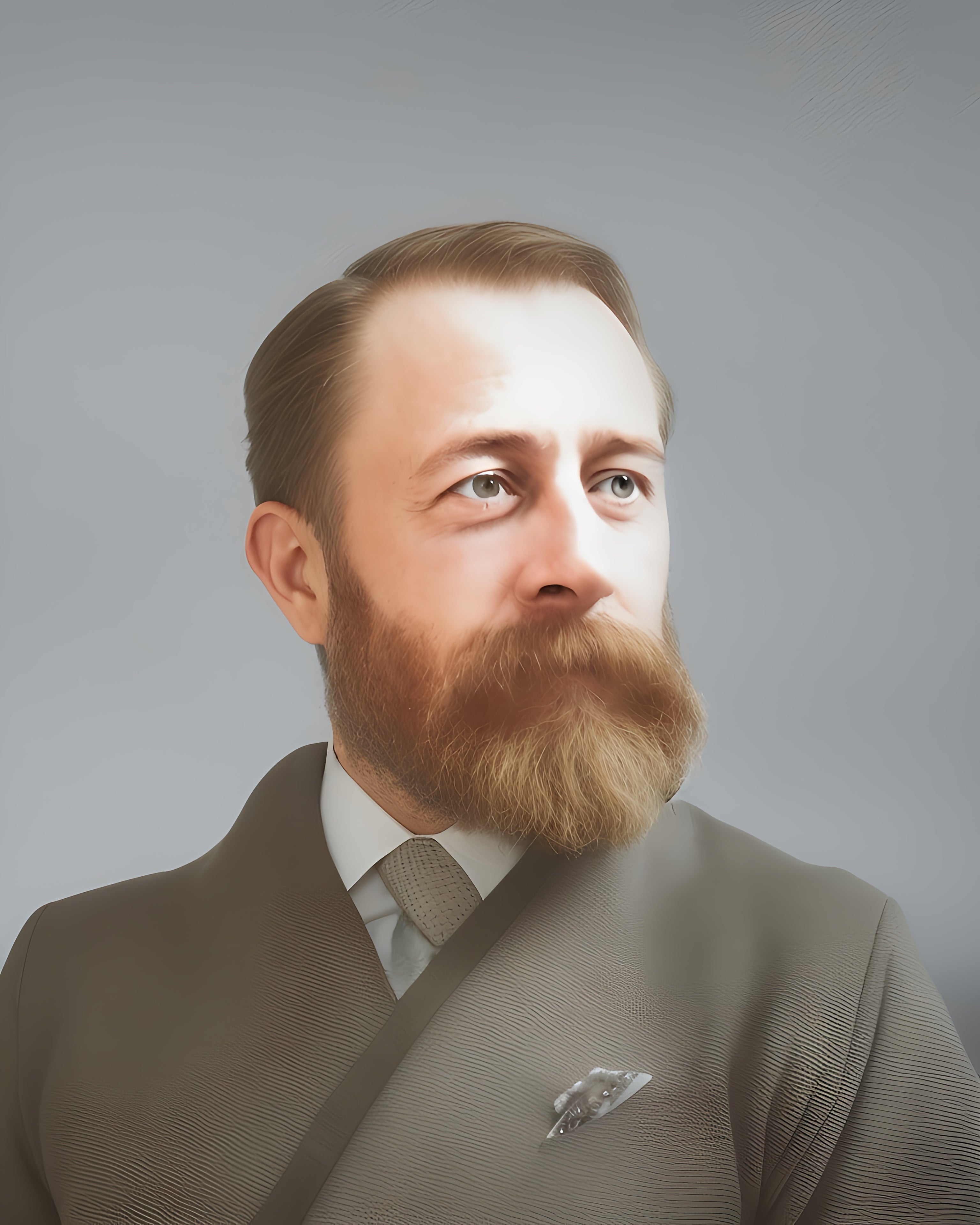
Albert Bierstadt

Albert Bierstadt (1830-1902) was one of the most prominent American landscape painters of the 19th century, known for his monumental representations of the American West. Born in Solingen, Germany, he emigrated with his family to the United States as a child, which allowed him to connect with American nature from a young age. Bierstadt was part of the Romantic movement and the "Hudson River School," and, like many of his contemporaries, sought to capture the sublime in nature, depicting landscapes as vast, pristine, and majestic. The influence of his travels in the West, including "Yellowstone National Park" and the "Rocky Mountains," is reflected in his landscapes filled with detail and drama.
On a personal level, Albert Bierstadt married Rosalie Ludlow in 1866, a woman from New York high society who was Episcopalian like Bierstadt. The couple had no children, but their marriage was central to the painter's personal and professional life, as Rosalie supported his career and his rise as one of America's leading landscape artists. Bierstadt was a master of chiaroscuro, using intense lights and deep shadows to give an almost spiritual feeling to the mountains and valleys he painted. The technique of luminism, which emphasized the detailed treatment of light in landscapes, is one of the approaches that Bierstadt adopted, contributing to an idealized and majestic vision of the natural environment.
Among the painters who influenced him was Thomas Cole, who founded the Hudson River School, and whose exaltation of nature as an almost sacred space was key to Bierstadt's work. Two of the painters Bierstadt most influenced were Thomas Moran and Frederic Edwin Church. Moran followed his path in painting the American West, while Church, another member of the Hudson River School, shared with him the passion for monumental landscapes and the quest for the sublime in nature. Bierstadt's works, such as The Last of the Buffalo, also helped forge an awareness of the need to preserve the natural landscape, indirectly contributing to the creation of national parks in the United States.





